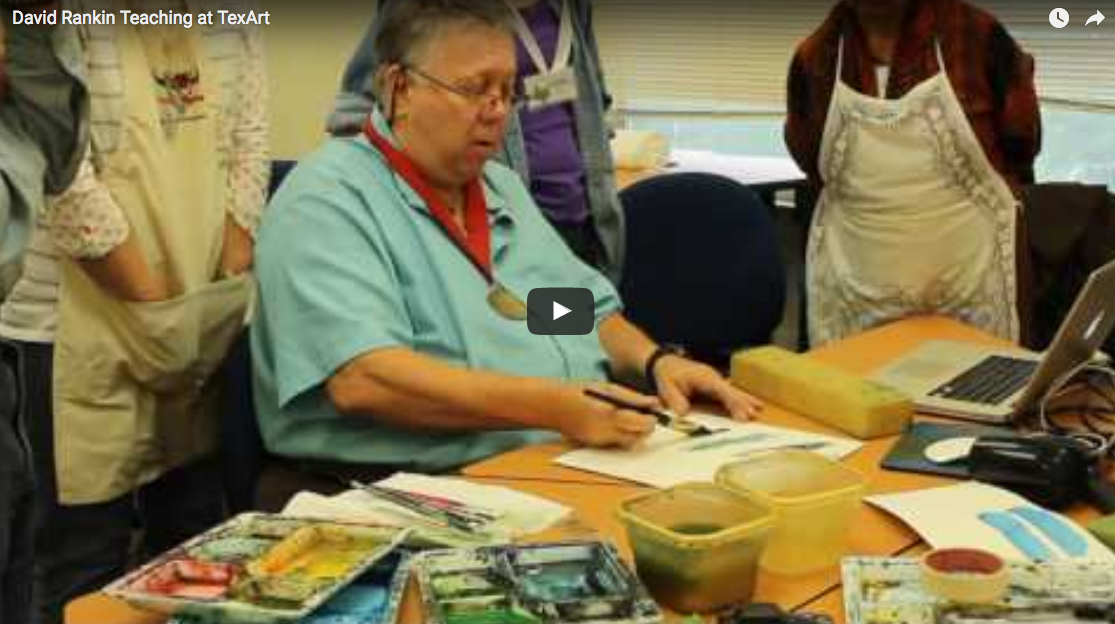These days, it seems there is so much video content that it’s hard to get viewers’ attention.
When a brand creates a video channel, it’s competing with not only other brands’ channels but also everything else that lives online. Still, some brands seem to have a loyal following. So, what video content gets people engaged?
Let’s say an auto company launches an online video series for a new hybrid car. It repurposes a series of stunning ads from its TV campaign that highlight the car’s high-powered performance and low price. It posts the video ads on its online channels, shares them on social media, and waits. Two weeks later, there are few likes, shares, and comments.
Why didn’t the videos get any traction?
Because video content in marketing works when it provides value—asks questions and provides answers and interacts with the target audience in a meaningful way.
In short, video marketing content isn’t about making the sale, it’s about creating a conversation with its audience.
Your Brand and Content
Whatever kind of videos you create, they should be consistent with your brand voice. That means your content should be truthful, genuine, and true to your brand. Consumers are savvy. They won’t engage if they feel the content is inauthentic or forced.
Tip: You can save a lot of time and money by looking at what your competitors and independent creators in your brand category are doing. Try to figure what works for them, and what doesn’t. You can get good insights just by looking at the comments section.
Video content works when it’s about a subject or interest that both your target audience and your brand care about. That sounds easy if you’re an airline (“woohoo, travel!”), but what if you’re a dishwashing liquid brand (“boohoo, cleaning up…”)?
The key is to get specific. Find an element in your product or service that your audience finds useful or entertaining.
For instance, people often go online to look for videos that offer tips and tricks, so you can make a series of how-to videos, anything from “the 8 things you can clean in your dishwasher” to a cooking show (after which there’s the job of cleaning up pots and pans).
By focusing on such themes, you’re offering practical value to the audience and the dishwashing liquid becomes a natural part of the narrative.
Production Considerations
Got your idea? Now it’s time to make some videos. So lights, camera… wait up! Before you start filming, there are a few things to consider about production.
One-hit viral videos are great, but they’re not something that will sustain an audience’s attention in the long run. Instead, aim to create a consistent video series to maintain and increase engagement with your audience over time.
Accordingly, you should be uploading videos on a regular schedule. Imagine your favorite TV show airs an episode today, and then two weeks later, and then only a month after that… By then, it will most likely not be your favorite show any longer. Invite guest stars to widen the appeal of your content and attract new audiences. They don’t have to be A-list celebrities. You can feature bloggers or key influencers in your industry—anyone who can present your brand in a positive light.
Get the most out of your video production. All those lights, camera, action, and people don’t come cheap. Try to shoot multiple episodes/videos at a time to maximize resources.
Prepping for Publishing
Before people see your video, they see a thumbnail. It’s helpful to think of a thumbnail like a movie poster. It should be eye-catching, it should show an exciting moment in the video, and it should look good on desktop and mobile.
The first thing people read is your title, so come up with a catchy name for your video to draw them in. Research keywords and tags that are popular with your audience to make sure your titles can be found easily on search engines.
Viewers see the top 2 sentences in your video description area before having to click to see more, so this is prime real estate for highlighting your call to action (CTA), such as a link to your website, social channels, or related videos or playlists.
After you publish the video, show you’re listening to your audience by replying to comments. Treat your most active users like VIPs. Highlight their comments, give them rewards, and invite them to appear in your videos. Reference

